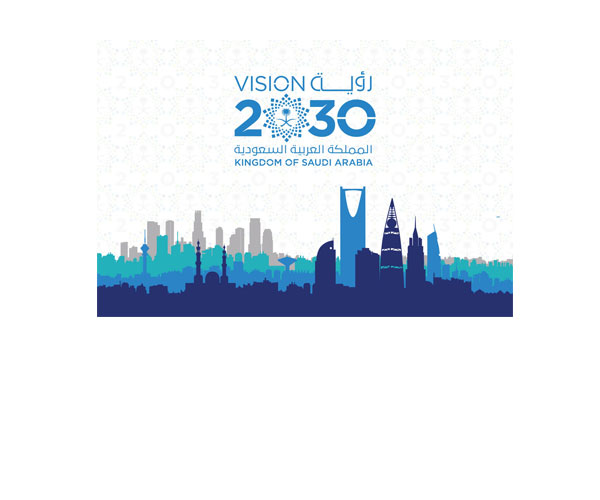Saudi Arabia boasts an ambitious plan for the future of the country and Saudi people. The vision 2030 embodies country’s aspiration for a bright future. The vision is built around three primary themes: a vibrant society, a thriving economy and an ambitious nation.
In order to achieve a vibrant society, Saudi Arabia will focus on its people and the Islamic faith. In order to achieve a thriving economy, the Kingdom will diversify its economy and create dynamic job opportunities for its citizens. In order to be an ambitious nation, Saudi Arabia will focus on accountability, transparency and effectiveness in its governing strategy. Sustainable success can only be achieved with solid foundations. Meanwhile packaging industry occupies a special place in this vision.
Saudi Arabia is one of the largest markets for the packaging industry in the Middle Eastern region. The country has a huge consumer base engaged across a wide range of industrial activities (apart from the oil and gas sector), which is adding to the rapid growth in demand for plastic packaging from the country, every year. To give you an idea The Saudi Arabian plastic packaging market was valued at USD 8.59 billion in 2020, and it is projected to reach USD 11.93 billion by 2026, registering a CAGR of 5.6% during the period of 2021-2026. Most of the manufacturers are introducing additional functionalities of EVOH films for packaging. Functionalities, such as cost-effectiveness and high seal strength, are displaying an emerging trend in EVOH films for packaging. EVOH films are used as a food packaging solution, as they can successfully retain the properties of food products, thereby, preventing it from contamination during shipments.
The low crude oil price situation in the global market has realized the need for a stronger non-oil sector. To strengthen the country’s non-oil sector, Saudi Arabia has been implementing several initiatives and regulatory reforms, such as the National Industrial Development and Logistics Program (NIDLP), Vision 2030, etc., that may increase the industrial production in the region.
This is creating considerable demand for packaging products from the region’s non-oil sector. According to recent data from the Saudi Industrial Fund (SIDF), a significant shift in the development of the industrial sector is indicated by the massive change in the country’s sectoral composition. The SDIF suggests that share of industries (other than oil refining) in the manufacturing GDP increased from 32% in 1974 (at constant prices), to 70% at the end of 2018.
Moreover, according to the SDIF, as of 2018; there were around 791 food manufacturing facilities, 173 beverage manufacturing facilities, 94 textile manufacturing facilities, 102 apparel manufacturing facilities, and 45 pharmaceutical manufacturing facilities in the country, which accounted for 16% of the total industrial manufacturing establishments in Saudi Arabia. All these industries play a major role in contributing to the increasing demand for plastic packaging products in the country.
During the pandemic, oil derivatives, such as plastics, were being incorporated at unprecedented levels for various solutions, including packaging. Despite the many business challenges in the current market scenario, the petrochemical industry in the region was able to protect frontline workers and supply a wide range of essential medical supplies, including the packaging needed for transit and efficient shelf-life.
